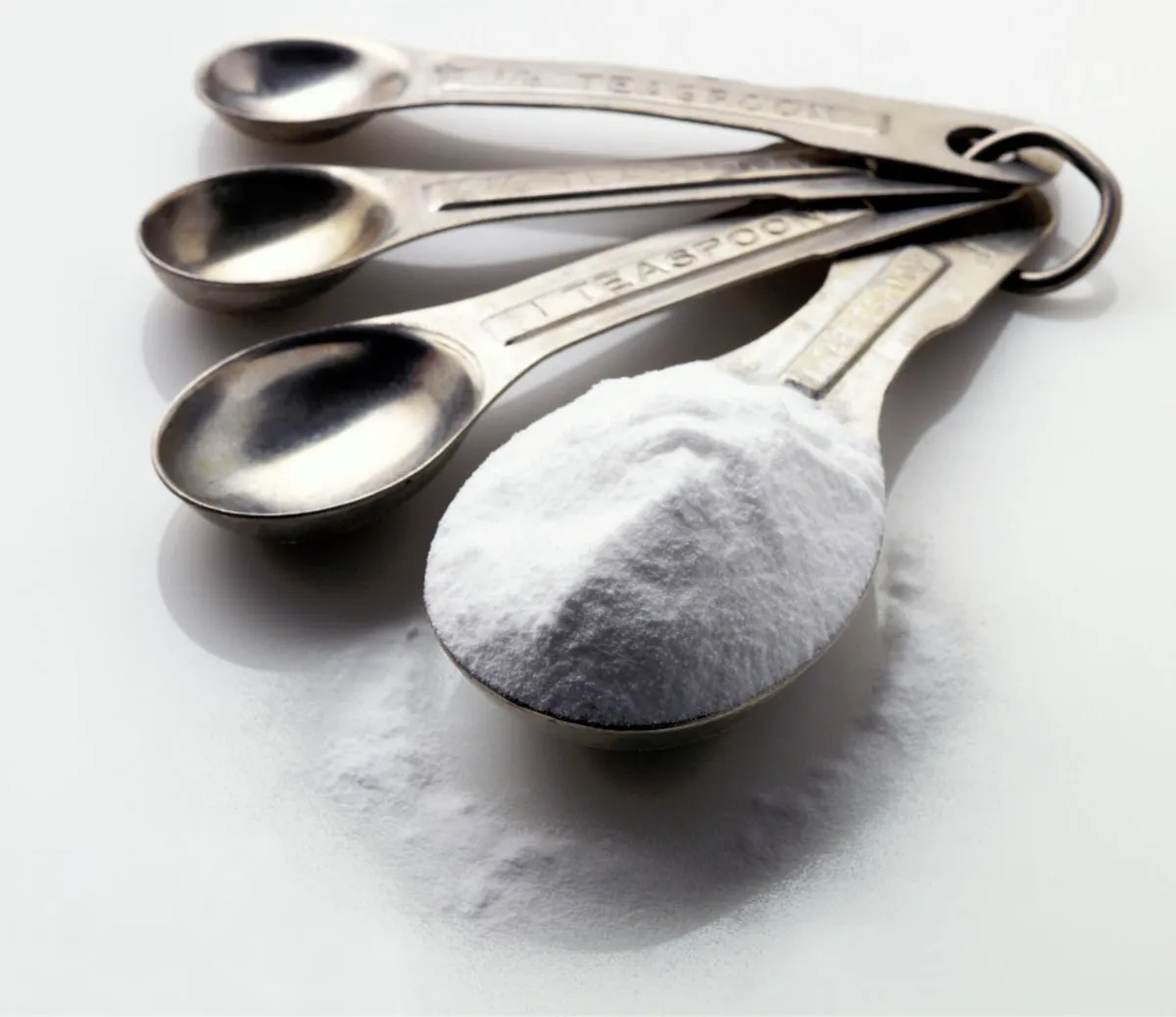Understanding Baking Soda & Lemon for Whitening
The quest for a brighter, whiter smile has led many people to explore natural remedies, and among the most popular is the combination of baking soda and lemon juice for teeth whitening. This DIY approach is readily accessible, inexpensive, and promises noticeable results. However, it’s crucial to approach this method with caution and a thorough understanding of its effects on your dental health. This article will delve into the science behind this combination, provide step-by-step instructions, highlight potential risks, and offer alternative approaches to achieve a dazzling smile. We’ll explore the properties of both baking soda and lemon juice, and discuss how they interact to potentially lighten your teeth.
The Science Behind It
Baking Soda’s Role
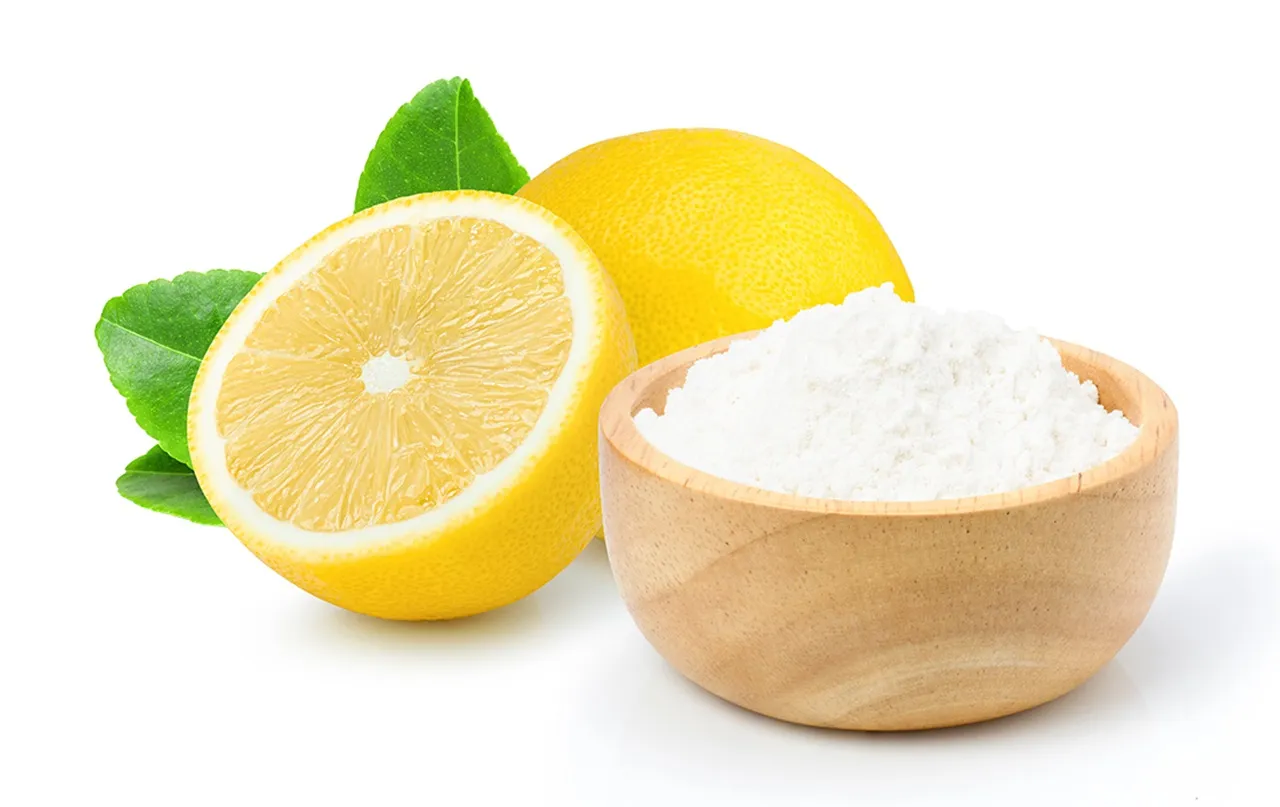
Baking soda, or sodium bicarbonate, acts as a mild abrasive. This means it can help to scrub away surface stains on your teeth, which can contribute to a dull appearance. It has a slightly alkaline pH, which can help neutralize acids in the mouth. These acids can erode enamel and contribute to tooth discoloration. The abrasiveness of baking soda can polish the teeth’s surface, removing stains from coffee, tea, and other foods. Its gentle nature makes it a popular ingredient in many toothpaste formulations. It is important to note, however, that excessive use can wear down enamel, leading to increased sensitivity and other dental problems.
Lemon Juice’s Role
Lemon juice, on the other hand, is highly acidic due to its citric acid content. This acidity is where the potential for whitening lies, as it can help to break down stains. However, this same acidity is also what makes lemon juice a potential hazard to your teeth. The acid can erode tooth enamel over time, making teeth more susceptible to decay and sensitivity. When combined with baking soda, the reaction produces a fizzing effect that some believe enhances the cleaning power. This reaction also creates a paste-like substance that is applied to the teeth. The effectiveness of lemon juice in whitening is still debated, and its risks are well-documented, making it a component that demands careful consideration.
Preparing the Mixture
Before you begin, it’s important to understand that this mixture is potent and should be used sparingly. The goal is to create a paste that is thick enough to adhere to your teeth but not so abrasive that it causes damage. The ratio is crucial, with most recommendations suggesting a small amount of baking soda mixed with just enough lemon juice to form a paste. This will help to remove stains and brighten the smile. Excessive lemon juice will increase the acidity and the risk of enamel erosion. It is advised to use the mixture as a rare treatment, not a daily habit. The balance is critical for maximizing the whitening effect while minimizing the potential harm to your teeth.
Step-by-Step Instructions
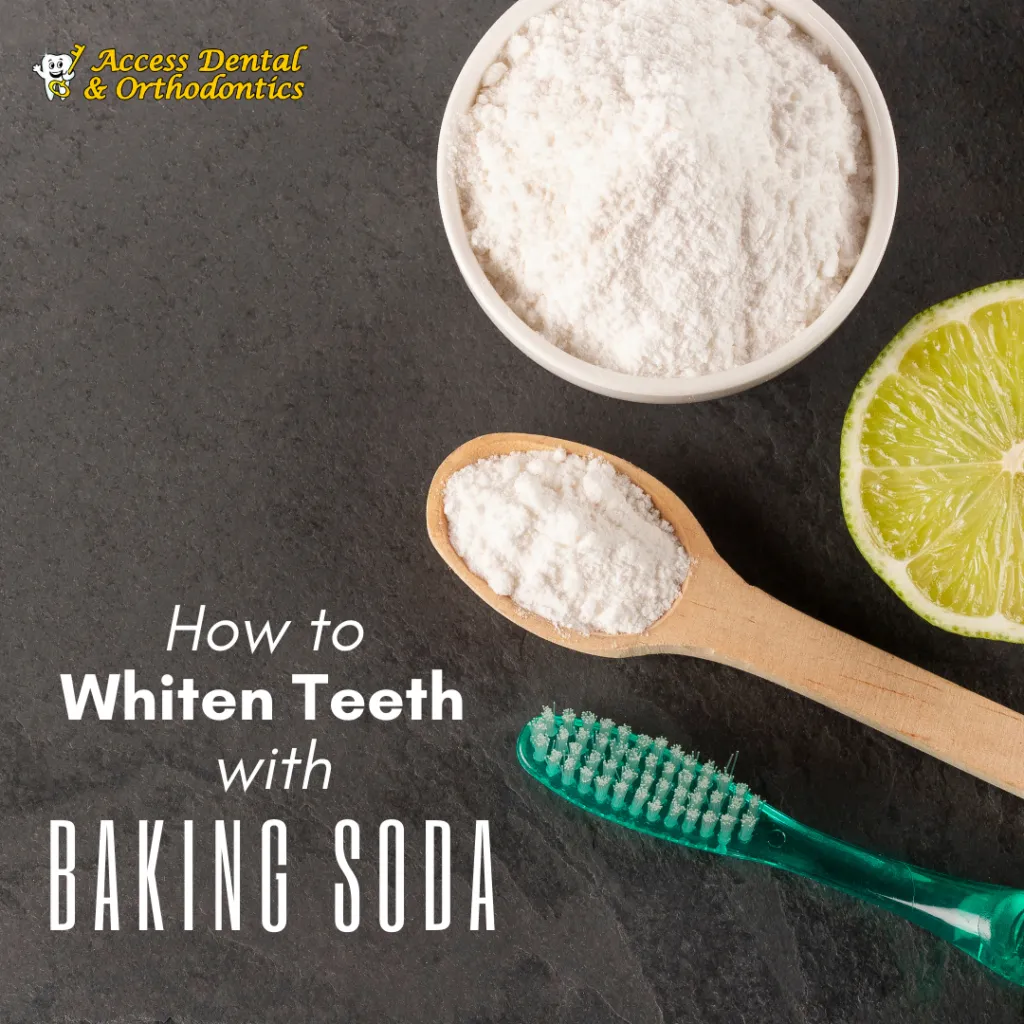
Gathering Your Supplies
To prepare the baking soda and lemon juice mixture, you will need a few simple supplies, readily available in most households. First, you’ll need baking soda. Ensure it is food-grade baking soda. Next, you’ll require fresh lemon juice. Bottled lemon juice is less ideal, as it may contain additives and have a lower concentration of citric acid. A small bowl or container is needed to mix the ingredients. A soft-bristled toothbrush is also essential for application. Make sure your toothbrush is clean and in good condition. Avoid using a hard-bristled brush, which can be too abrasive. Finally, have water available for rinsing. These basic supplies form the foundation of this teeth-whitening process, so make sure you have everything ready before you begin.
Mixing the Ingredients
Start by placing a small amount of baking soda into your mixing bowl. The amount will vary depending on the size of your mouth and the area you wish to whiten, but a teaspoon is generally sufficient. Add the lemon juice slowly, drop by drop, mixing constantly. The goal is to create a paste with a consistency similar to toothpaste. You should see a slight fizzing action, which is the reaction between the baking soda and the acid in the lemon juice. Be careful not to add too much lemon juice, as this can make the mixture too acidic and potentially damaging. The paste should be thick enough to adhere to your teeth but not so thick that it is difficult to spread. Once you have reached the desired consistency, your mixture is ready for application.
Applying the Mixture
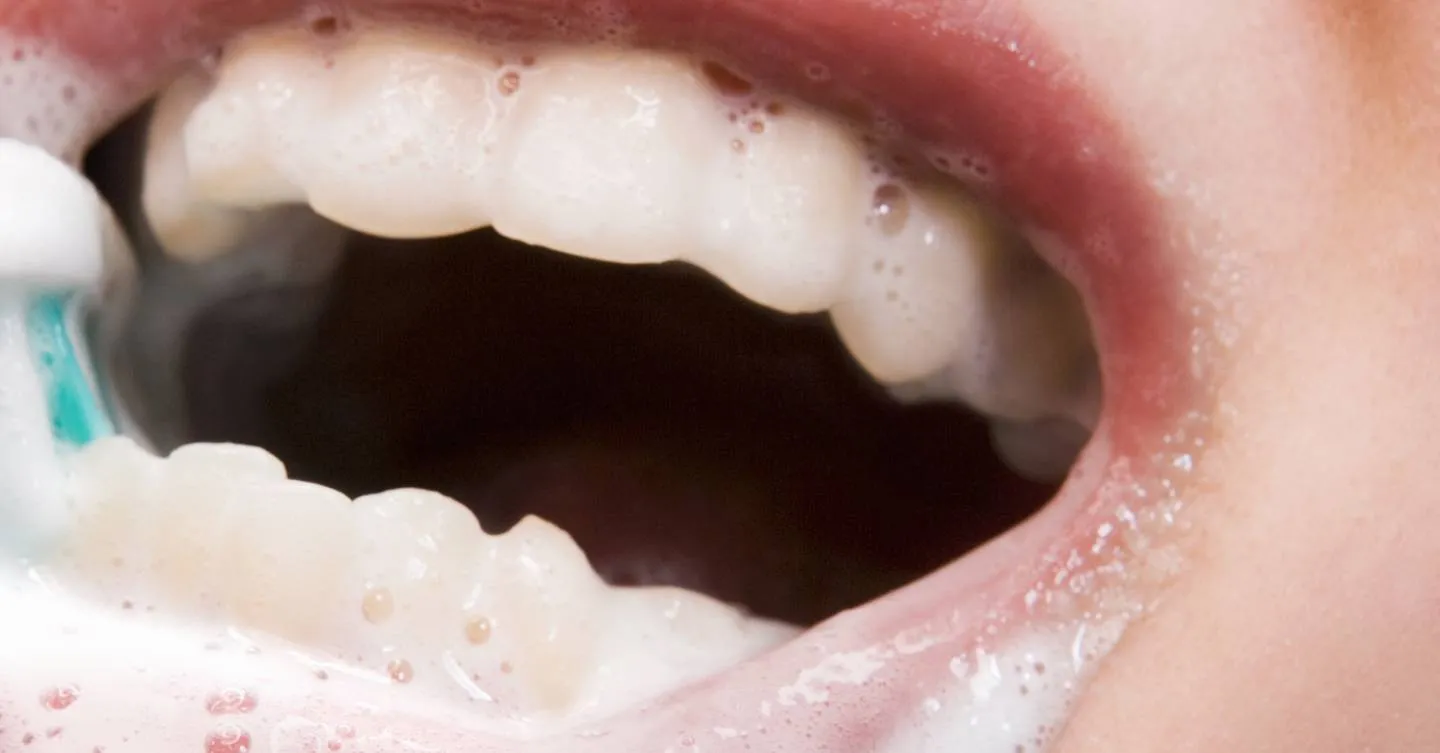
Using your soft-bristled toothbrush, gently apply the baking soda and lemon juice paste to your teeth. Focus on covering the surface of each tooth evenly. Avoid scrubbing aggressively, as this can damage the enamel. Use circular motions and light pressure. Make sure to reach all the visible surfaces of your teeth, including the front, back, and chewing surfaces. Leave the mixture on your teeth for no more than two minutes. Prolonged exposure can increase the risk of enamel erosion. During this time, you might experience a slight tingling sensation. If you experience any significant discomfort or sensitivity, rinse immediately. After the two minutes, thoroughly rinse your mouth with water to remove all traces of the mixture.
Brushing Your Teeth
After removing the baking soda and lemon juice mixture, it’s important to brush your teeth with regular toothpaste. This is crucial for several reasons. First, toothpaste helps to remove any remaining residue from the whitening mixture, ensuring your mouth is clean. Second, toothpaste contains fluoride, which helps to strengthen tooth enamel. The acid in lemon juice can temporarily weaken enamel, making it more susceptible to damage. Brushing with fluoride toothpaste after the whitening treatment can help to remineralize the enamel, protecting your teeth. Use a soft-bristled toothbrush and brush gently for two minutes, covering all surfaces of your teeth. This will help to restore the protective barrier and keep your teeth healthy.
Rinsing and Aftercare
After brushing with toothpaste, thoroughly rinse your mouth with water. You can also use a fluoride mouthwash to further protect your enamel. Avoid eating or drinking anything for at least 30 minutes after the treatment. This will allow your enamel to re-harden. It’s crucial to understand that this method is not a substitute for regular dental check-ups. Continue to maintain good oral hygiene practices, including brushing twice a day and flossing daily. If you experience any sensitivity or discomfort, discontinue use and consult your dentist. Following these aftercare steps will help to minimize potential risks and maintain the health of your teeth.
Potential Risks and Side Effects
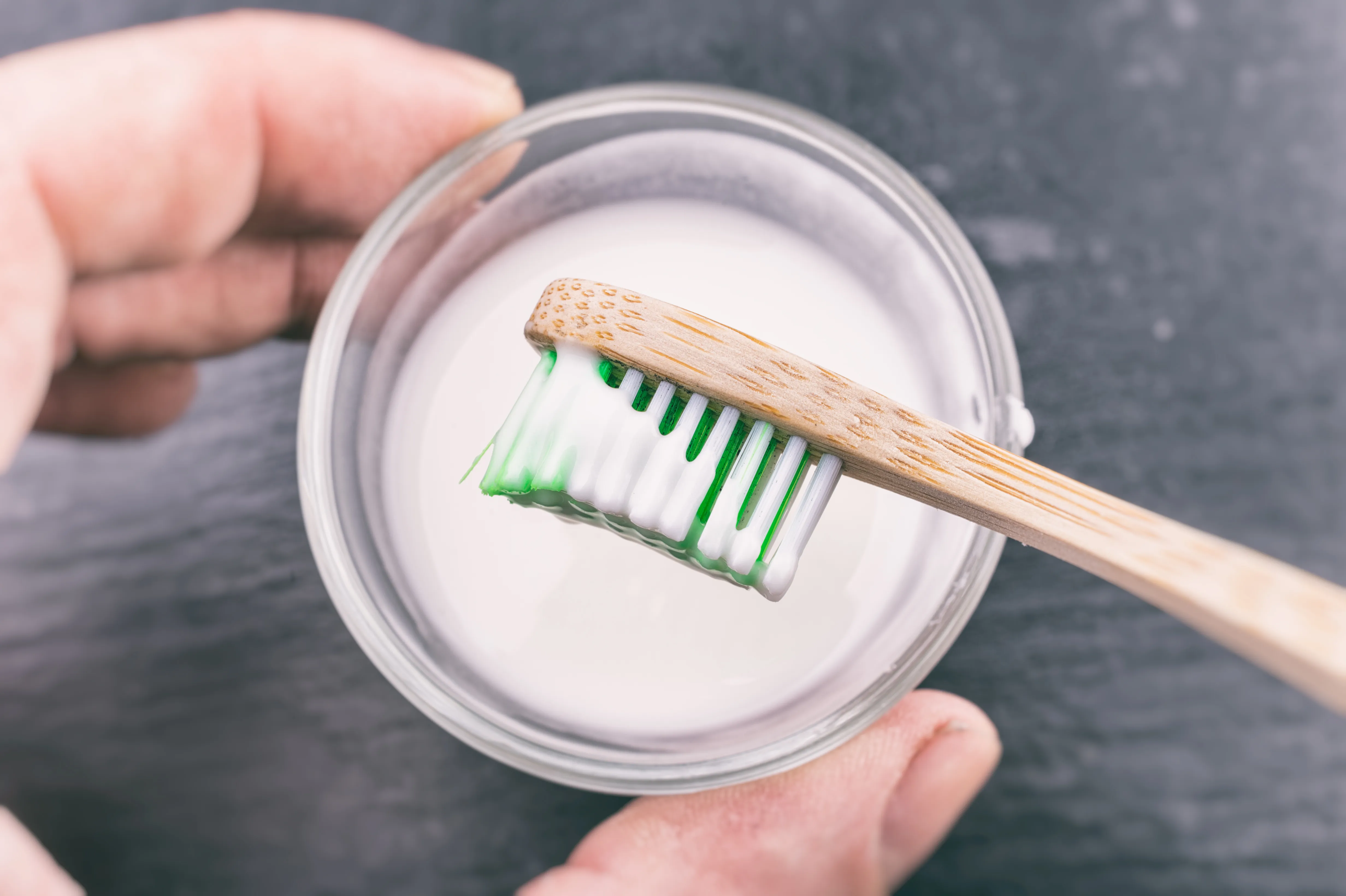
While baking soda and lemon juice for teeth whitening may seem appealing, it is important to be aware of the potential risks and side effects. The high acidity of lemon juice can erode tooth enamel, leading to increased sensitivity, and making your teeth more vulnerable to decay. The abrasive nature of baking soda, while effective at removing stains, can also contribute to enamel erosion if used excessively. This can lead to long-term dental problems. It is crucial to understand these risks and take precautions to minimize them. The potential downsides of using this method often outweigh the benefits, making it important to consider alternative, safer options.
Enamel Erosion
Enamel erosion is a major concern when using lemon juice for teeth whitening. Enamel is the hard, protective outer layer of your teeth. It shields the sensitive dentin underneath from external factors like heat, cold, and acids. Lemon juice, being highly acidic, can gradually dissolve the enamel, making the teeth thinner and more susceptible to damage. This erosion not only affects the appearance of your teeth, making them more transparent and yellow, but also increases their sensitivity to temperature changes and sweet or acidic foods. Once enamel is eroded, it does not regenerate. This can lead to permanent damage and the need for costly dental treatments like fillings or veneers. It is crucial to use lemon juice with extreme caution.
Gum Irritation
Lemon juice can also cause irritation to your gums. The acidity of lemon juice can irritate the soft tissues of the gums, leading to inflammation, redness, and discomfort. This is especially true if you have sensitive gums or pre-existing gum conditions like gingivitis or periodontitis. The abrasive nature of baking soda can exacerbate this irritation, as it can further damage the gum tissue. Symptoms of gum irritation can include soreness, bleeding, and increased sensitivity. Chronic irritation can lead to long-term gum problems, including gum recession, which exposes the roots of your teeth. If you experience gum irritation, discontinue use immediately and consult your dentist.
Tooth Sensitivity
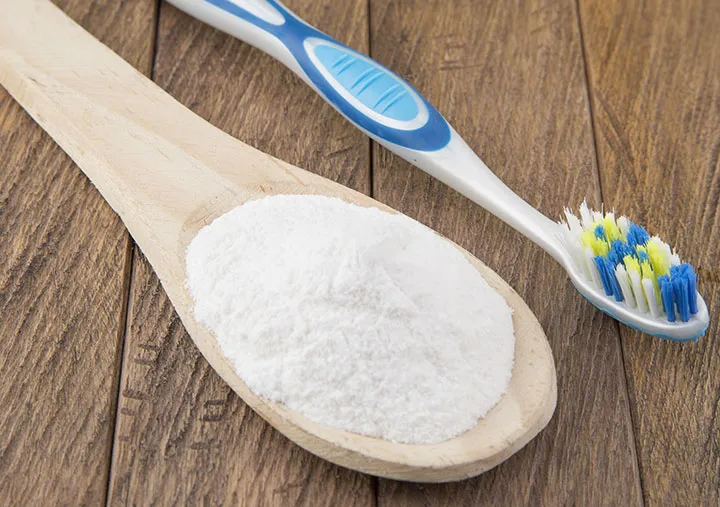
Tooth sensitivity is another common side effect of using baking soda and lemon juice for teeth whitening. As the enamel erodes, the underlying dentin becomes exposed. Dentin contains microscopic tubules that lead directly to the nerves inside the tooth. When these tubules are exposed, they can easily transmit sensations of hot, cold, sweet, or sour to the nerves, causing sharp, shooting pains. This sensitivity can make eating and drinking uncomfortable. If you experience tooth sensitivity, it is important to stop using this whitening method and consult your dentist. They may recommend desensitizing toothpaste or other treatments to alleviate the sensitivity.
Alternative Whitening Methods
If you are seeking a brighter smile, there are several alternative teeth-whitening methods that are considered safer and more effective than using baking soda and lemon juice. These alternatives are often gentler on the enamel and less likely to cause the side effects associated with the DIY method. Professional treatments and over-the-counter products offer different levels of effectiveness, safety, and convenience. Before choosing any whitening method, it’s important to consult your dentist to determine the best option for your individual needs and oral health. They can provide guidance and recommendations based on your specific situation, helping you to achieve a brighter smile without compromising your dental health.
Professional Teeth Whitening
Professional teeth whitening, performed by a dentist, is generally the most effective and safest way to whiten your teeth. Dentists use high-concentration bleaching agents, such as hydrogen peroxide, which are applied directly to the teeth. They will protect your gums and surrounding tissues during the procedure. The dentist can also monitor your teeth and gums for any signs of sensitivity or other complications. In-office whitening treatments offer immediate results, often whitening your teeth several shades in a single session. Your dentist can assess your oral health and determine the appropriate treatment plan for your needs. This ensures the best possible outcome with minimal risks. Professional whitening is a far more controlled and predictable method than DIY treatments.
Over-the-Counter Whitening Products

Over-the-counter (OTC) teeth-whitening products offer a convenient and more affordable alternative to professional treatments. These products come in various forms, including whitening toothpastes, strips, gels, and trays. Whitening toothpastes typically contain mild abrasives and low concentrations of bleaching agents to remove surface stains. Whitening strips and gels are applied directly to the teeth and usually contain hydrogen peroxide or carbamide peroxide. The effectiveness of OTC products varies, with strips and gels generally providing more noticeable results than toothpastes. Before using OTC products, read the instructions carefully and follow the recommended usage. If you have any pre-existing dental conditions or experience sensitivity, it’s best to consult your dentist before using these products.
Maintaining a Bright Smile
Achieving a brighter smile is not just about whitening your teeth; it’s also about maintaining the results and practicing good oral hygiene. This involves a combination of dietary adjustments, regular brushing and flossing, and professional dental care. By adopting these practices, you can help keep your teeth white and healthy for years to come. It’s a holistic approach that focuses on both the aesthetic and health aspects of your smile. Make good habits and consistently perform these practices, which is the key to maintaining a bright and healthy smile.
Dietary Considerations
Your diet plays a significant role in the color of your teeth. Certain foods and drinks can stain your teeth, while others help to keep them white. Foods and drinks that are high in tannins, such as coffee, tea, red wine, and berries, are major culprits in staining. These substances attach to the enamel and cause discoloration. Acidic foods and drinks, like citrus fruits and sodas, can erode enamel, making teeth more susceptible to staining. Conversely, some foods can help to naturally whiten your teeth. Crunchy fruits and vegetables, like apples and carrots, can act as natural abrasives, removing surface stains. Dairy products, such as milk and cheese, contain calcium, which strengthens enamel and helps to protect against stains. Drinking plenty of water is also essential. Water helps to rinse away food particles and prevents stains from setting in. Making conscious dietary choices can greatly impact the brightness of your smile.
Oral Hygiene Practices
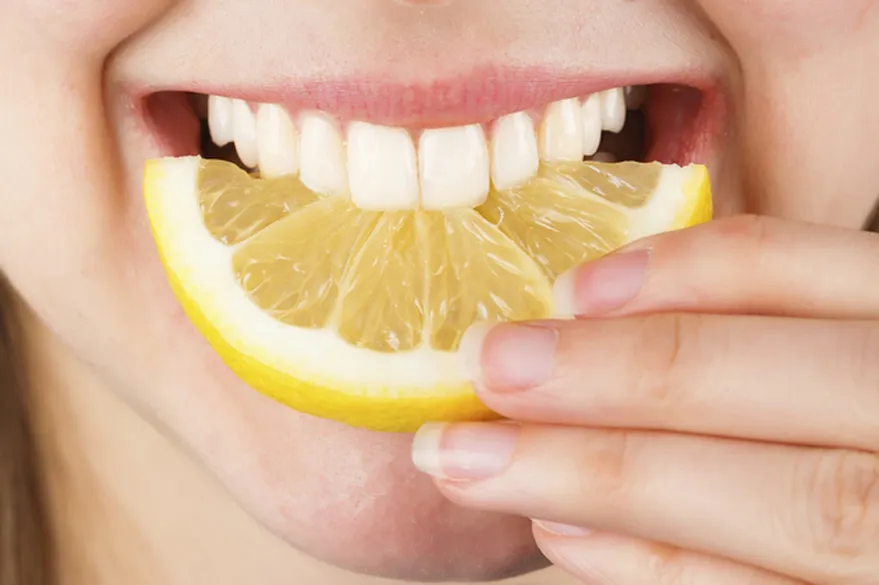
Proper oral hygiene is fundamental to maintaining a bright and healthy smile. Brush your teeth at least twice a day, for two minutes each time. Use a fluoride toothpaste to strengthen enamel and protect against decay. Floss daily to remove plaque and food particles from between your teeth, where a toothbrush cannot reach. Consider using an antibacterial mouthwash to further reduce plaque and bacteria. Regular dental check-ups and professional cleanings are also essential. Your dentist can remove plaque and tartar, which contribute to staining and provide professional advice on maintaining your oral health. These practices not only help to keep your teeth white but also prevent gum disease, cavities, and other dental problems. By adhering to these good habits, you can keep your smile healthy, bright, and beautiful for a lifetime.
